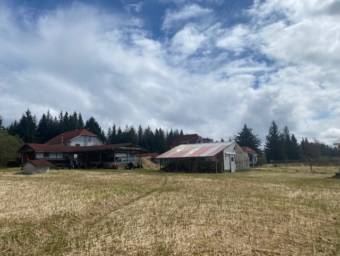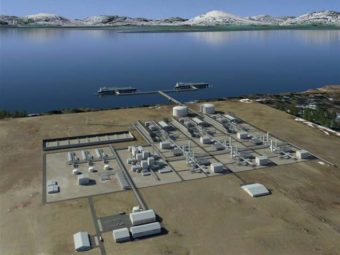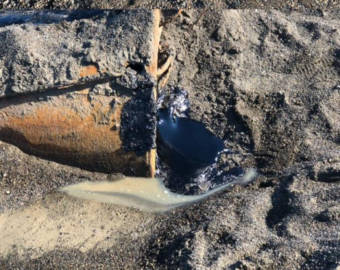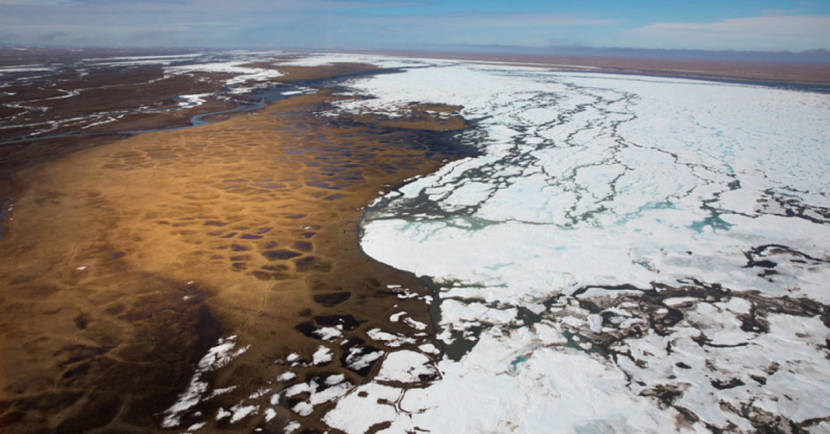
The Trump administration intends to auction off drilling rights in all federal lands of the Arctic National Wildlife Refuge’s coastal plain in its upcoming oil and gas lease sale. That’s according to the government’s 83-page document released Monday that details the terms of the first-ever lease sale in the northeast Alaska refuge, which is scheduled for Jan. 6.
The controversial sale will follow decades of fighting over whether to drill for oil and gas in the coastal plain.
Monday’s document says oil companies and other interested parties will be able to bid on tracts that cover the coastal plain’s nearly 1.6-million federal acres, an area about the size of Delaware that makes up about 8% of the refuge.
Supporters of the sale, including Alaska’s Congressional delegation, say it’s good for jobs and the economy. But those opposed, including conservation and some tribal groups, raise concerns about impacts to wildlife, the climate and Indigenous people. They also continue to blast the Trump administration for rushing to lock in oil drilling in the refuge before the swearing-in of President-elect Joe Biden, who opposes development there.
“What you see is agencies rushing, disregarding science, disregarding human rights in an effort to turn over the entire coastal plain of the Arctic refuge to oil and gas companies,” said Brook Brisson, senior staff attorney at Trustees for Alaska, an Anchorage-based environmental law firm that has filed one of the lawsuits that aims to block oil and gas development in the coastal plain.
Brisson and others opposed to drilling in the refuge point out that Monday’s sale announcement comes with 10 days still left in the “call for nominations” process. That’s a 30-day window when oil companies and other interested parties can tell the federal Bureau of Land Management which blocks of land within the coastal plain they’re most interested in bidding on — a step designed to guide the government’s decisions about which tracts to include in the auction.
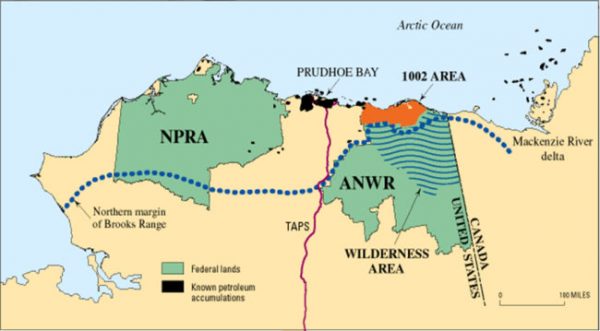
Typically, that confidential comment period closes before the date of a sale is announced.
The BLM, which is conducting the lease sale, has defended its timeline, saying it has been working toward a sale since the tax law was passed in late 2017. It said it’s allowing for each step in the process to take place, and it says it will still consider the comments received after Monday.
“What’s important to note there is we reserve the right to amend that detailed statement of sale,” Kevin Pendergast, BLM’s deputy state director for resources in Alaska, said in an interview last week. “It may change, it may not.”
The agency will not accept bids until after the comment period closes, said Lesli Ellis-Wouters, a spokeswoman for BLM Alaska.
According to the statement of sale posted online Monday, the minimum bid will be $25 per acre. Companies can submit their sealed bids to BLM between Dec. 21 and Dec. 31. Those bids will be unsealed at the 10 a.m. auction on Jan. 6, which will be broadcast online.
It’s unclear which companies will show up to a drilling rights auction for the refuge. So far, oil companies aren’t talking publicly about it.
Conservation groups have vowed to keep up the pressure to try to deter companies from bidding. Already, multiple lawsuits have been filed challenging the government’s environmental reviews of drilling in the coastal plain, and an array of big banks have said they won’t finance oil development in the refuge.
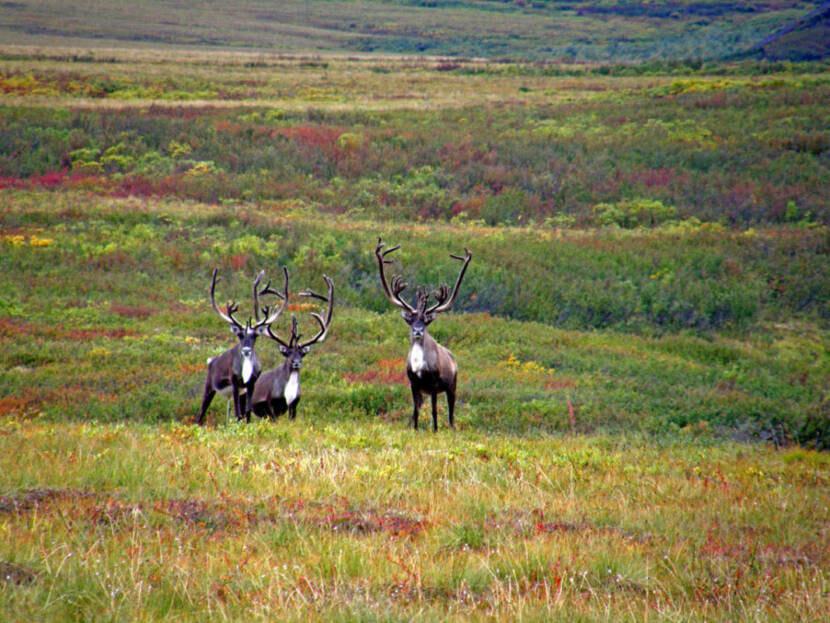
In a letter to Interior Secretary David Bernhardt on Monday, three Democrats in the U.S. House of Representatives pledged to work with Biden, to “undo any illegal steps the Trump administration is taking to rush these leases out the door.” They also said they’d fight to repeal the move to open the coastal plain to leasing that Congress included in a 2017 tax bill.
That massive bill — the Tax Cuts and Jobs Act — opened the area to drilling after decades of protections. It also required two lease sales within seven years, with the first to include at least 400,000 acres of the coastal plain and to be scheduled by the end of 2021.
Asked why the government decided to offer all roughly 1.5 million acres of federal land in the January sale, BLM Alaska spokeswoman Lesli Ellis-Wouters said, “Currently, there is no reason to exclude tracts from this lease sale.”
“The BLM has the right to withdraw tracts from leasing after nominations and comments are received and bids will not be accepted until after the nomination and comment period closes,” she wrote in an email.
Alaska’s Congressional delegation strongly supports opening the refuge to drilling, saying it will provide jobs and benefit the economy.
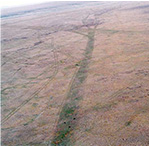
Also on Monday, the federal government said it’s considering a request from the Kaktovik Iñupiat Corporation to conduct seismic testing in the coastal plain as early as Jan. 21, the day after Biden takes office.
The proposal would allow for the “harassment” of up to three polar bears that could occur during the seismic exploration program, including possible disruption to “migration, breathing, nursing, breeding, feeding, or sheltering.”
That move was swiftly criticized by environmental groups.
This is a developing story. Check back for updates.

